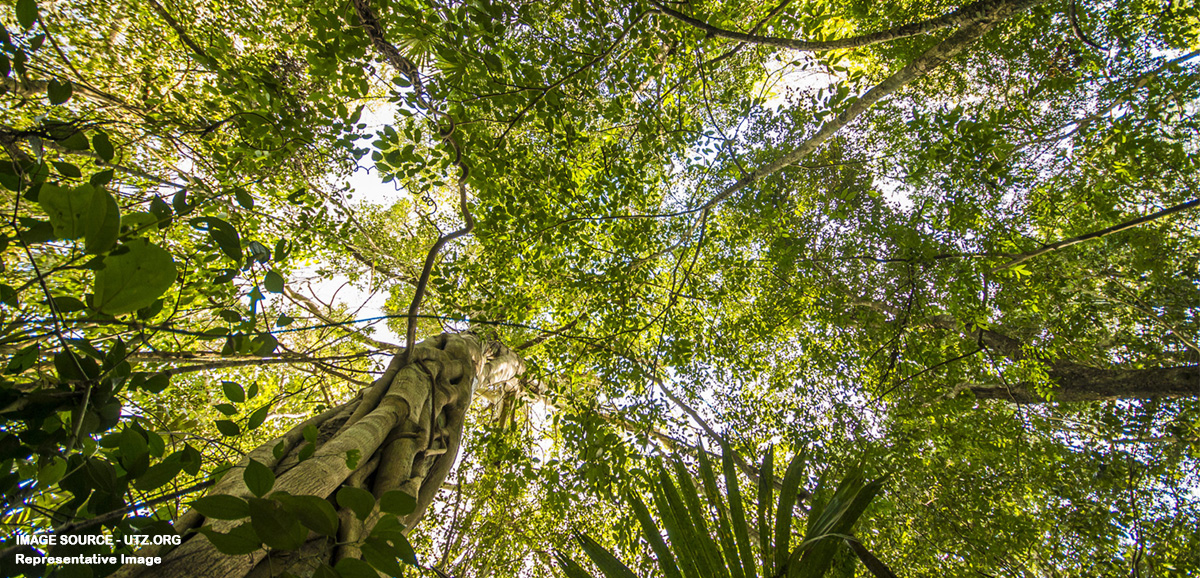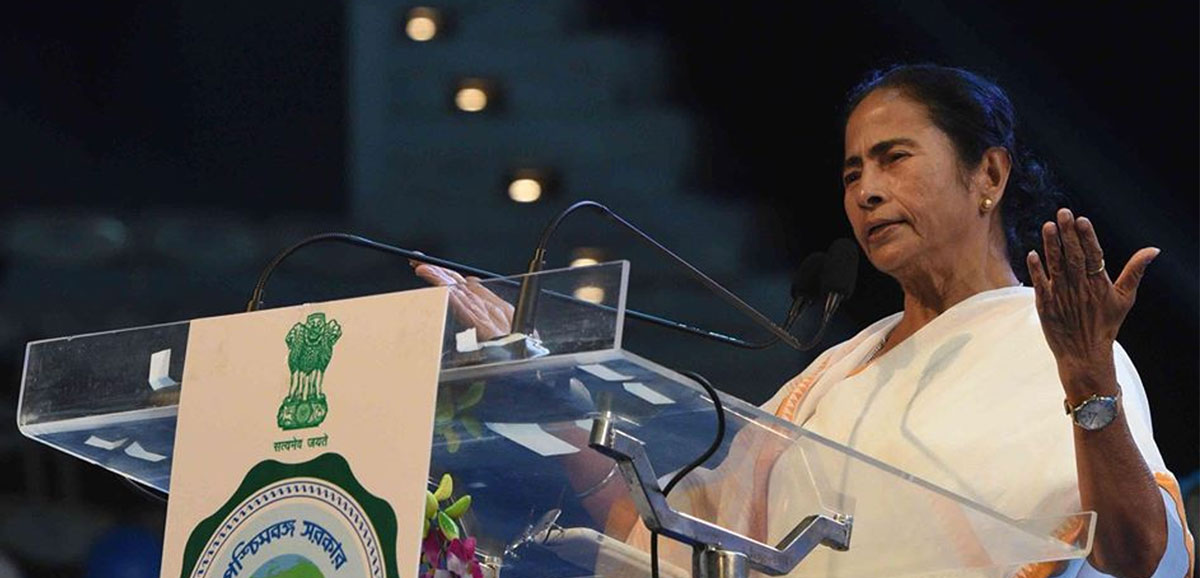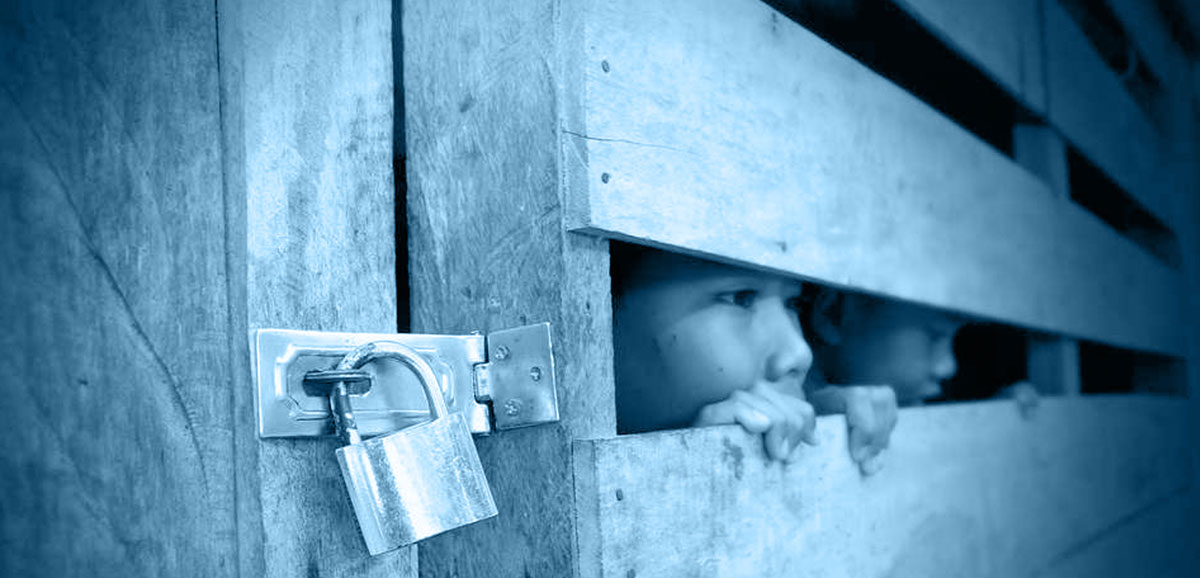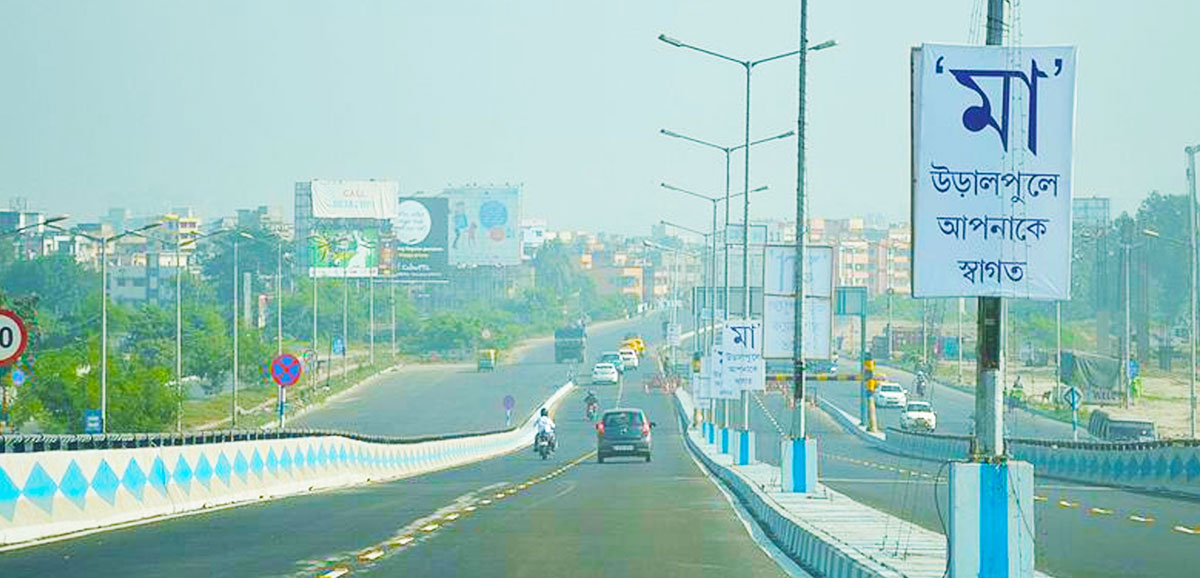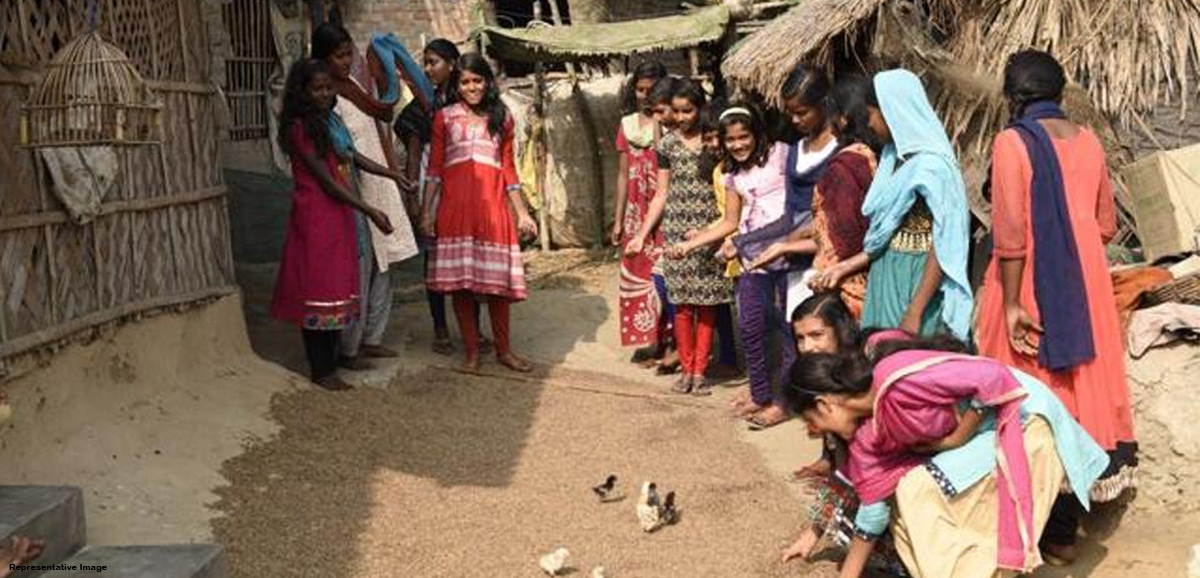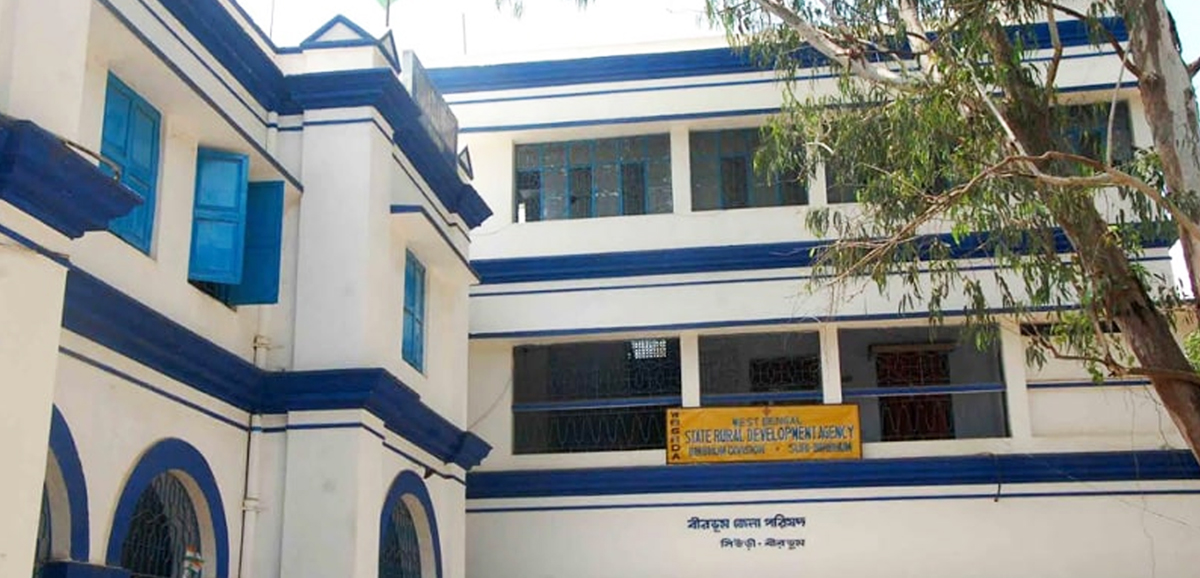Bangla Chief Minister Mamata Banerjee today said that all help will be extended to the families of the five workers from the State’s Murshidabad district who were killed in a terror attack in Jammu and Kashmir.
Describing the killings as “brutal”, Mamata Banerjee expressed her shock and grief over the incident.
“We are shocked and deeply saddened at the brutal killings in Kashmir. Five workers from Murshidabad lost their lives. Words will not take away the grief of the families of the deceased,” the chief minister wrote on her Twitter handle.
In a most unfortunate incident in Kashmir yesterday, five innocent labourers were brutally killed in a pre planned manner.
We are totally shocked!
Presently there are no political activities in Kashmir and entire law and order is with the Government of India.(1/3)— Mamata Banerjee (@MamataOfficial) October 30, 2019
We, therefore, demand a strong investigation so that the real truth comes out. We are deputing Shri Sanjay Singh ADG South Bengal to find out details from them.(2/3)
— Mamata Banerjee (@MamataOfficial) October 30, 2019
Our party MPs and MLAs have reached Murshidabad to meet the family members of victims.
Our government is providing Rs Five lakh each to the victim’s family and render all assistance to them.(3/3)— Mamata Banerjee (@MamataOfficial) October 30, 2019


